Inside the battle over future of Wimbledon tennis championships as expansion splits locals
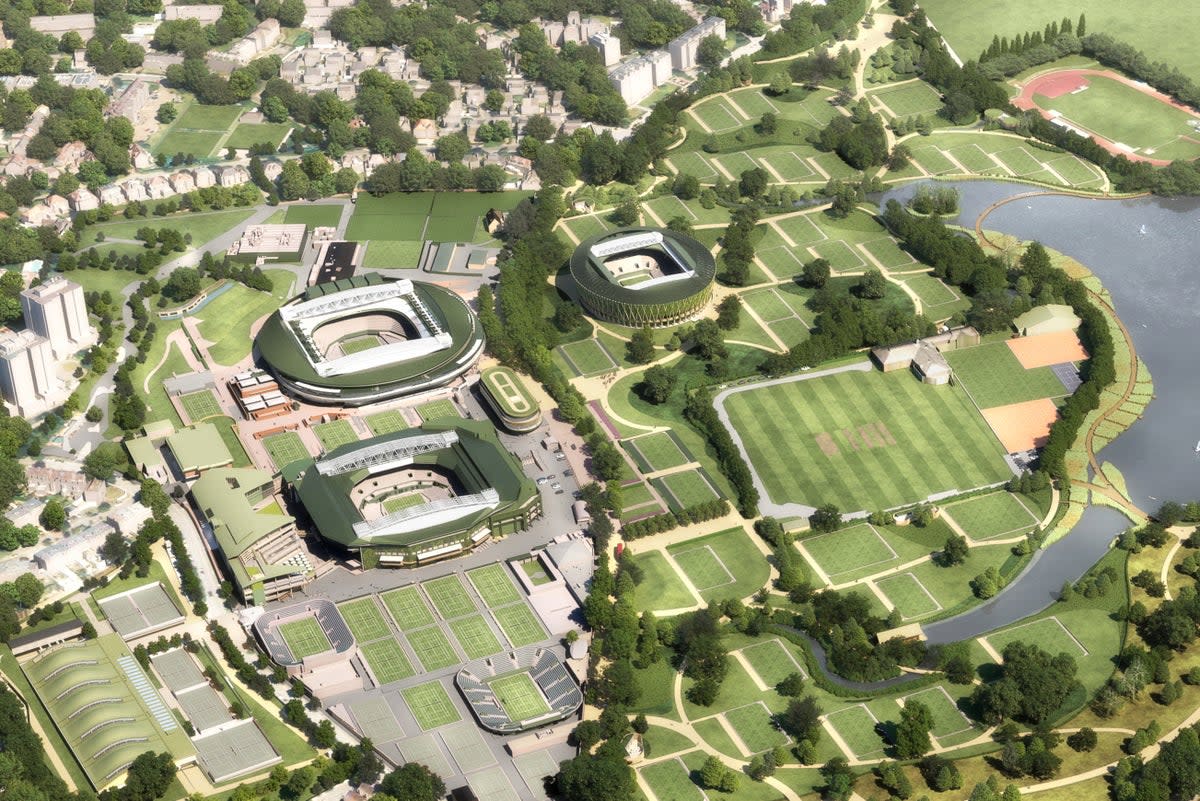
It’s a project to transform one of the UK’s top sporting events - but one which has divided local residents.
Plans put forward in Wimbledon would see the area’s world-famous tennis championships expand by building 39 new courts - including an 8,000 seater stadium - on a golf course across the road from the existing grounds.
The All England Lawn Tennis Club (AELTC) - who run the annual tournament - say the proposals will “secure the future of the Championships” and create “year-round benefits for the local community”.
But local residents have raised concerns over the impact on the land’s biodiversity and heritage - with a petition against the plans standing at more than 16,500 signatures since June last year.
Among those opposed is local London Assembly member Leonie Cooper.
She said: “I think it will be detrimental for Wimbledon Park and for local people in terms of its impact on nature and the facilities that are available locally, that give people health and wellbeing opportunities.”
Simon Wright, a member of the Southfields Grid Residents Association, said: “I’m a tennis fan and I’ve lived in the area for 28 years. I think Wimbledon Tennis is great.
“But I really object to what they’re trying to do to Wimbledon Park and so do a lot of other people. They’ve lost a lot of trust from the local community over the way this application has been handled.”

The golf course which AELTC wants to build on was historically part of Wimbledon Park, which was landscaped in the 18th century by Capability Brown.
For the last century however, it has been a private golf course, closed off to those who are not members or guests of members. The land is now closed entirely - with AELTC having bought out the remaining term of the golf club’s lease in 2018, and already owning the freehold.
AELTC argues that its plans will make the land more accessible, by opening up 23 acres of the former golf course as a new parkland with ‘permissive’ access - though opponents say it would be more accurate to describe it as 17 acres, due to some land being occupied by buildings and a car park.
A boardwalk would also be built to allow people to walk around Wimbledon Park Lake, AELTC has pledged.
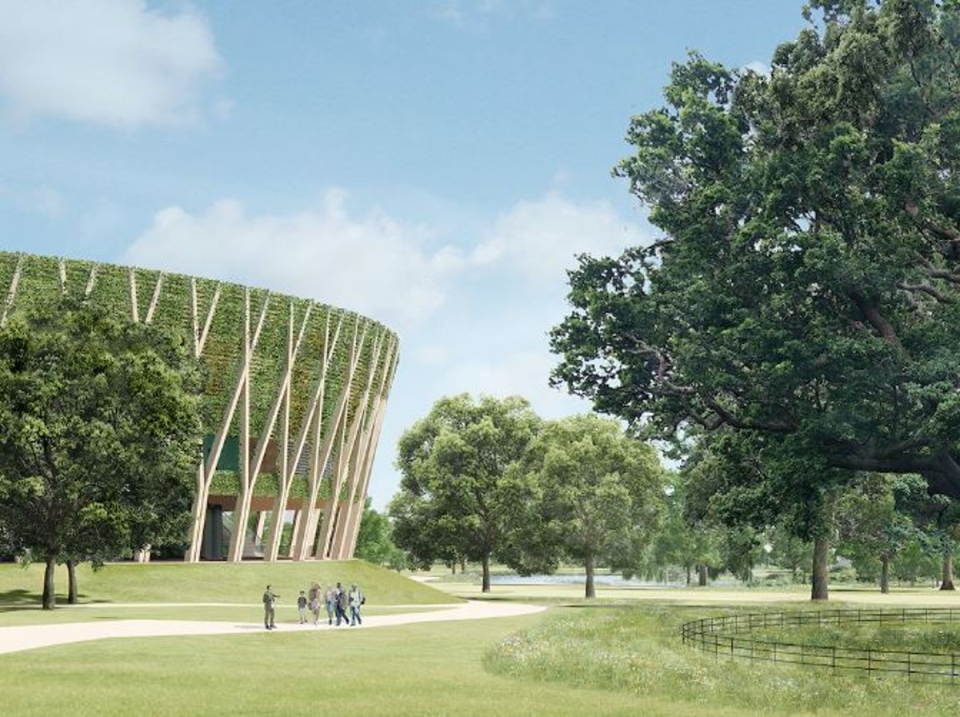
Mr Wright said: “I think this is a really bad deal for local residents. The ‘permissive park’ is a mistake, because it means that the land can be shut at a moments’ notice by AELTC when they want to.
“So the idea that somehow we’re getting a bigger park doesn’t wash with me. If they were serious about it, they’d put the land into trust and make sure that local residents could enjoy it at all times, not just when they say so.”
AELTC has pledged to sign up to a Section 106 Agreement which will define the access arrangements to the new parkland, which they say will prevent it from being taken away.
Susan Cusack, chair of the Belvedere Estate Residents Association, said: “I actually love the tennis. I went twice this year, I really enjoy the atmosphere.
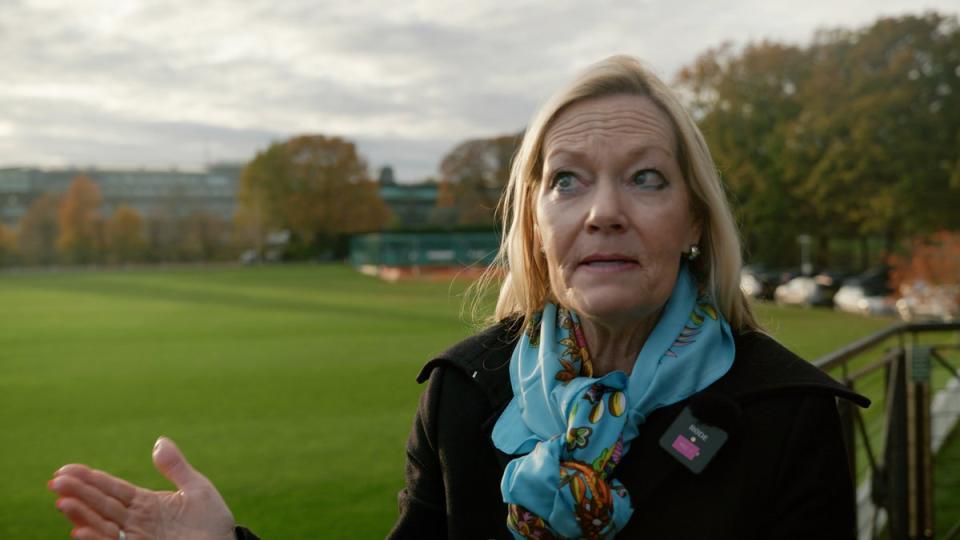
“But to be honest, for this area, there really isn’t enough space for another 10,000 people or more every single day to come into this area, the infrastructure just can’t handle it.”
Asked whether opposition to the project was an example of NIMBYism, Ms Cooper said: “You could argue that, but I think if I went anywhere in London and said ‘By the way, we’re thinking of building a massive 8,000-seater stadium in your local park, heath, common, open space, most people would probably say ‘No, we want it as it is.’”
The golf course land is classed in planning terms as metropolitan open land, giving it the same level of protection as the green belt. To build on metropolitan open land, developers must prove that there are “very special circumstances”.
Ms Cooper, a Labour member who represents both Merton and Wandsworth at City Hall, said: “I think the real problem here is if you look at it in terms of the overall precedent that might be set for the rest of London.
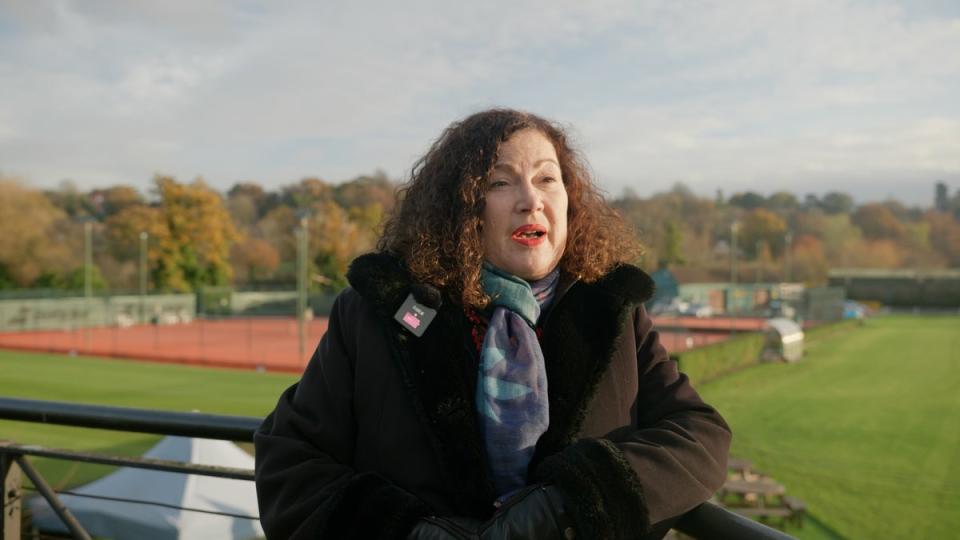
“There is metropolitan open land here and we should be trying to protect it, because the biodiversity that is here already will be damaged if we go ahead with this building project, and 300 trees - mature trees - that could all be lost.”
According to planning documents, 296 of the 1,048 trees on the land are proposed for removal.
But Richard Higgs, a resident whose home overlooks the golf course, spoke out in favour of the proposals at Merton Council’s planning committee meeting in October.
Looking out over his balcony, he said: “I think in terms of the outcomes you could have for that land, having green park space and tennis courts and a bit of buildings is overall a super solution.
“I think it’s really important to have balance, and I totally respect the other side of the coin’s argument…
[But] this is going to be the best park in south London. It’s going to have the largest lake in south London. Nobody’s ever been able to walk round this park in at least 100 years.”
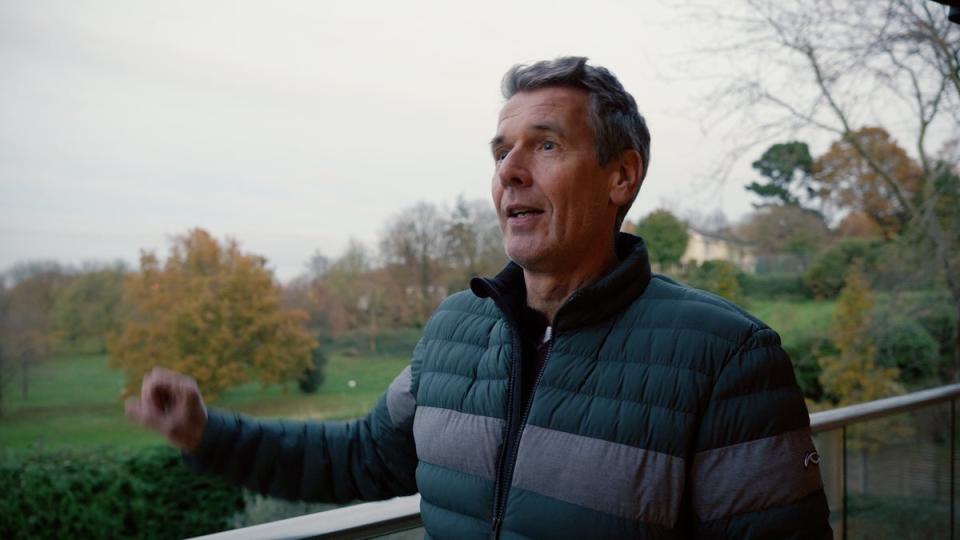
He added that the land was not accessible to most residents when the land was occupied by the golf club: “To say that you could go in there is just rubbish, because you weren’t allowed - unless you were a golfer - onto the golf course.”
He added: “I’m a real eco-warrior. That is not biodiverse - that’s called a golf course, that’s terrible for biodiversity.
“AELTC has brought in the best gardeners, the best people in the field to work out how to make that [land] biodiverse again.”
Summarising his support for the scheme, he said: “It enables more wealth, more jobs in the area, and it ensures that this remains parkland.”
The golf course land falls across two boroughs. To the north, Wandsworth Council has voted to reject the plans, while to the south, Merton Council has voted in favour of them.
Ordinarily, a decision on the scheme’s future would now be made by London mayor Sadiq Khan, but he has recused himself from the process, due to previously expressing support for the project in a video.
It is likely that a decision will instead be made by Mr Khan’s deputy mayor for planning, Jules Pipe.
If the planning application is delayed in being referred to City Hall however, a decision may not be made until after May 2024’s mayoral election, because the mayor’s planning powers are suspended during the pre-election period. The row could continue for months to come.

 Yahoo News
Yahoo News 
